Speak to one of our experts now about this offer
Call our India experts on0800 294 9707
Available until open until 8pm
Located close to the border with Pakistan is the holy city of Amritsar, the spiritual home of the Sikh religion.
Every day, barefoot Sikh pilgrims in colourful turbans flock to Amritsar’s sacred Golden Temple, which sits in the middle of a lake. At the water’s edge, men disrobe to dip themselves in the holy water that Amritsar, which translates to ‘pool of immortality-giving nectar’, is named for. The temple kitchen is a hive of activity as hundreds of volunteers peel cloves of garlic, knead roti and stir huge vats of dahl to feed worshippers, who sit cross-legged in the dining hall. In the evening, crowds gather to watch the holy book ceremoniously put to bed, accompanied by music and prayers.
Amritsar may be the heart of India’s Sikh faith, but it’s also the biggest metropolis in Punjab, filled with beeping rickshaws and stalls selling chai and fluffy chana puri. The city has seen its share of struggle, evident at the stirring Partition Museum and Jallianwala Bagh Gardens, where British soldiers massacred hundreds of unarmed protestors – you can still trace the bullet holes in the walls today. As late afternoon falls, head to the Wagah Border with Pakistan, where the eccentric evening flag ceremony takes place, guards marching in rooster-red hats.
Amritsar’s religious treasures are best explored with a local guide, so talk to our India team about arranging your Amritsar holiday.
Amritsar Hotels
Our recommendations for the best places to stay in Amritsar
Holidays in Amritsar

- Amritsar
- 4.5 Star
A chic and contemporary hotel nestled in the heart of spiritual city, Amritsar.
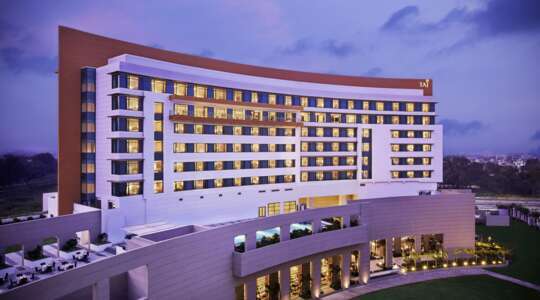
- Amritsar
- 5 Star
Relaxed elegance, impressive service and lots of modern touches, Taj Swarna is a cool Amritsar sanctuary close to all the historical sights.
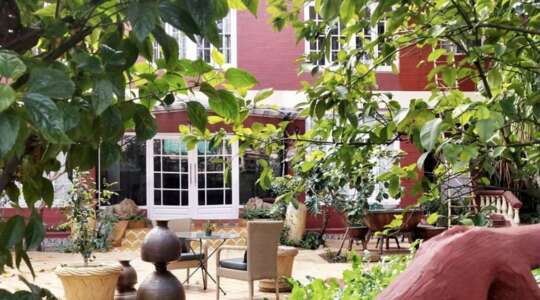
- Amritsar
This heritage property in the heart of Amritsar dates back over 250 years to the British Raj era.
You may also like
Walking Tour of Old Amritsar
Join a local English-speaking guide as you make your way through the city of Amritsar on foot. You’ll walk through narrow streets and markets and learn about day-to-day life in the city and the Sikh religion. A stop will be made at the Saragarhi Memorial Gurudwara which was built by the British in tribute to 21 Sikh soldiers who faught in the 1897 Battle of Saragarhi. The tour concludes with a visit to northern India’s most famous sights – the Golden Temple.
Wagah Border Excursion, Amritsar
When you arrive at the Wagah-Attari border closing ceremony, otherwise known as the ‘flag lowering ceremony,’ you might think you’ve arrived at a football match rather than the meeting of two ideologically opposing countries. Despite the historical tension, every evening, both countries come together to celebrate the closing of the border. It’s more like a flamboyant performance to the tune of patriotic music and there’s still some harmless rivalry though which makes it good fun.
Since 1959, Indians have gathered on one side of a paved promenade while the Pakistan contingent sit on the other. Both the Indian Border Security Force and Pakistan Rangers dressed in official uniform march down the road past cheering crowds. Synchronised dance movements with slick salutes and high kicks are among the many moves on show. The soldiers even sculpt their moustaches in a bid to intimidate their opponents. This all culminates in the lowering of both countries’ flags at the same time as the sun goes down, ending in handshakes between the Indian and Pakistani military.
All Roads Lead to the Golden Temple
On this tour you will visit the Saragarhi Temple memorial, Jalebiwala Chowk and the gold market, a prelude to the highlight of your tour of Amritsar. Every day an average of 100,000 worshippers enter the gates to Sikkhism’s most sacred site, The Golden Temple. The sight of its structures shimmering in gold leaf and hovering over a body of holy water is quite moving as is a visit to the community kitchens where volunteers feed the streaming devotees.
Start the tour from the British-made town hall before stopping to see the Saragarhi temple memorial where in 1897, 21 Sikhs under British command valiantly fought 10,000 invading Pathans (Afghans). Afterwards, walk the narrow lanes of the holy city passing buildings constructed by Maharaja Ran Jain Singh, founder of the Sikh kingdom of Punjab.
You will also take in the Jalebiwala Chowk (market) where the ill-fated April 1919 protest started resulting in what is known today as the Jallianwala Bagh massacre - the murder of 1500 civilians at the hands of the British Indian army. Today the same street hustles and bustles with activity and has grown a reputation for its delicious yet calorific snacks made of ghee (clarified butter). Hand-pulled rickshaws, locals carrying produce on their heads and people chatting animatedly on street corners make up a thrumming atmosphere. All this below once-grand dilapidating buildings strung with complex wire systems and old peepal trees that run through the architecture so seamlessly you need to do a double take.
Stop at a site traditionally used for mud wrestling and afterwards, Amritsar’s beguiling markets. Each one has its own speciality from literature to glittering wedding bangles to a utensil bazaar selling traditional copper and brass pots and pans on an enormous scale. In the gold market, there’s such an abundance of precious metal that you’ll find people sifting through the drains and literally striking gold.
Consider this the prelude to Amritsar’s greatest treasure, the Golden Temple. Every day an average of 100,000 worshippers enter the gates to Sikkhism’s most sacred site. The sight of its structures shimmering in gold leaf and hovering over a body of holy water is quite moving as is a visit to the community kitchens where volunteers feed the streaming devotees dal, rice and chapatis. After some time here, end at the aforementioned Jallianwala Bagh garden memorial. It’s a sombre, emotional moment but an important one to understand the context of the city as well as an opportunity to see original photographs of Amritsar all those years ago.
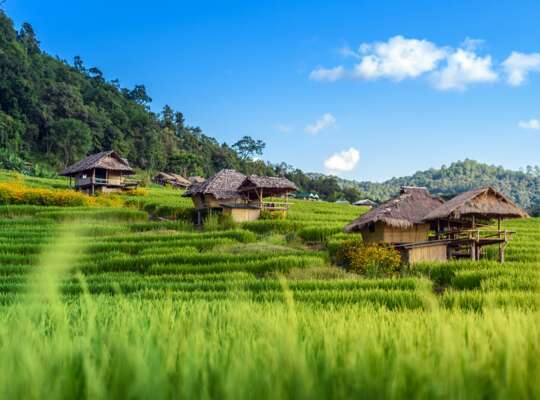

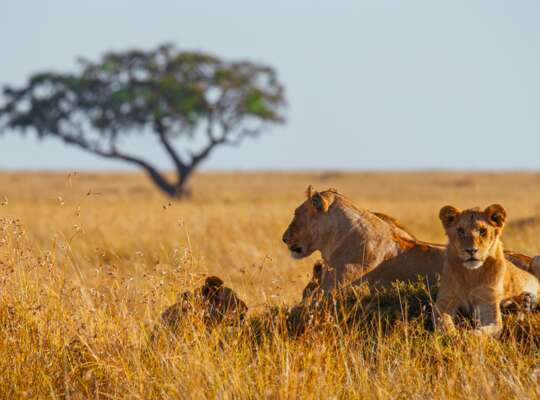

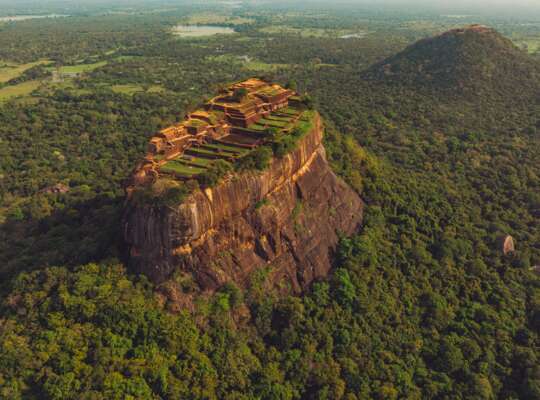
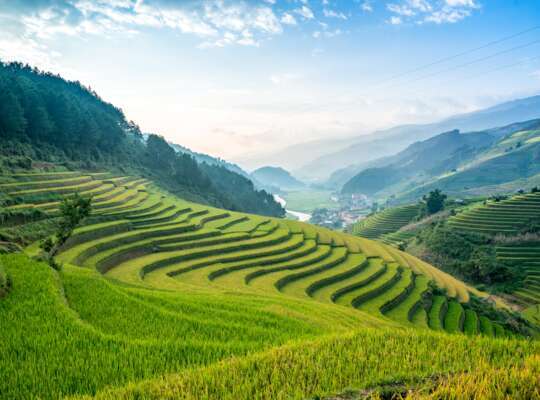

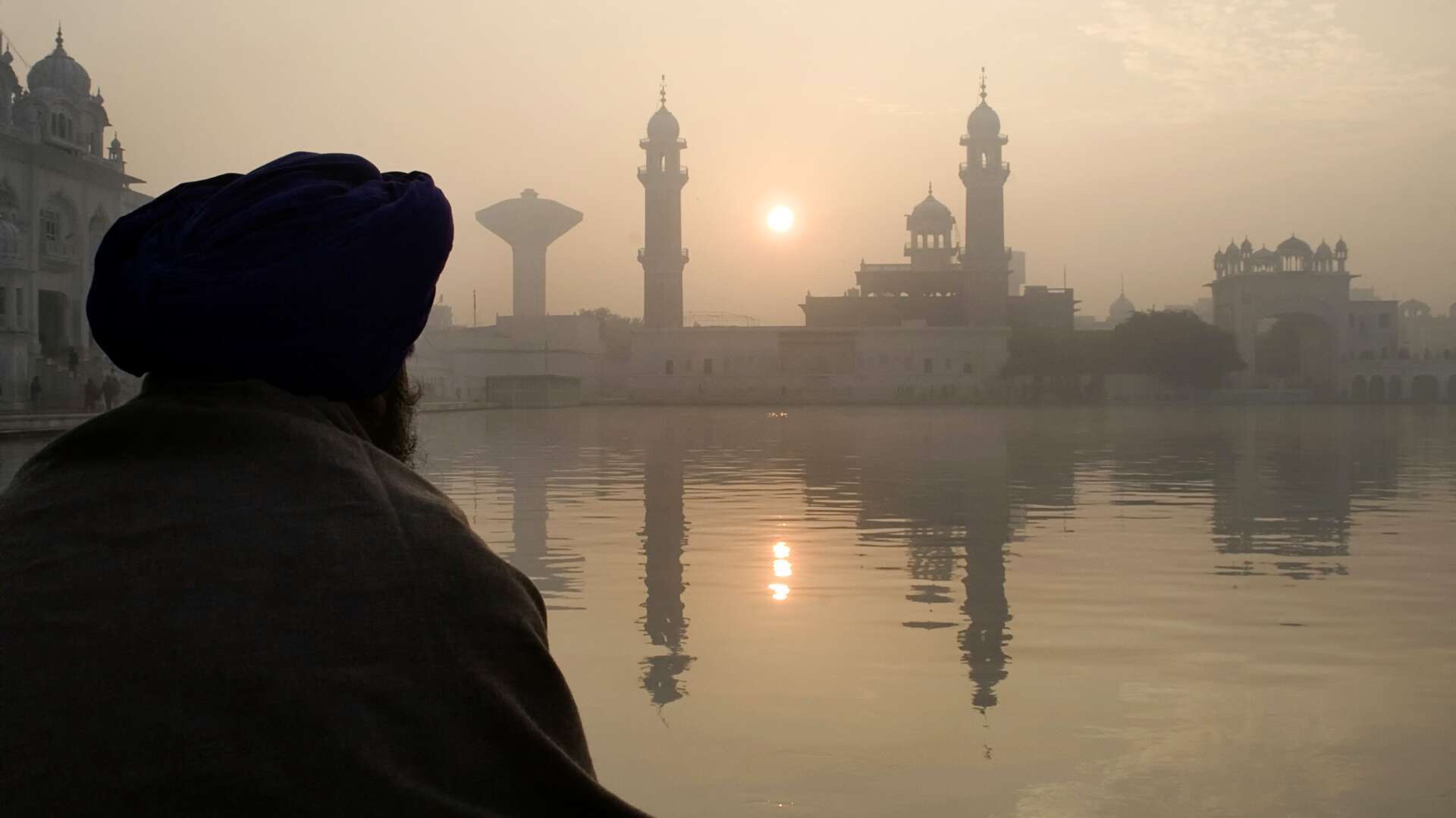
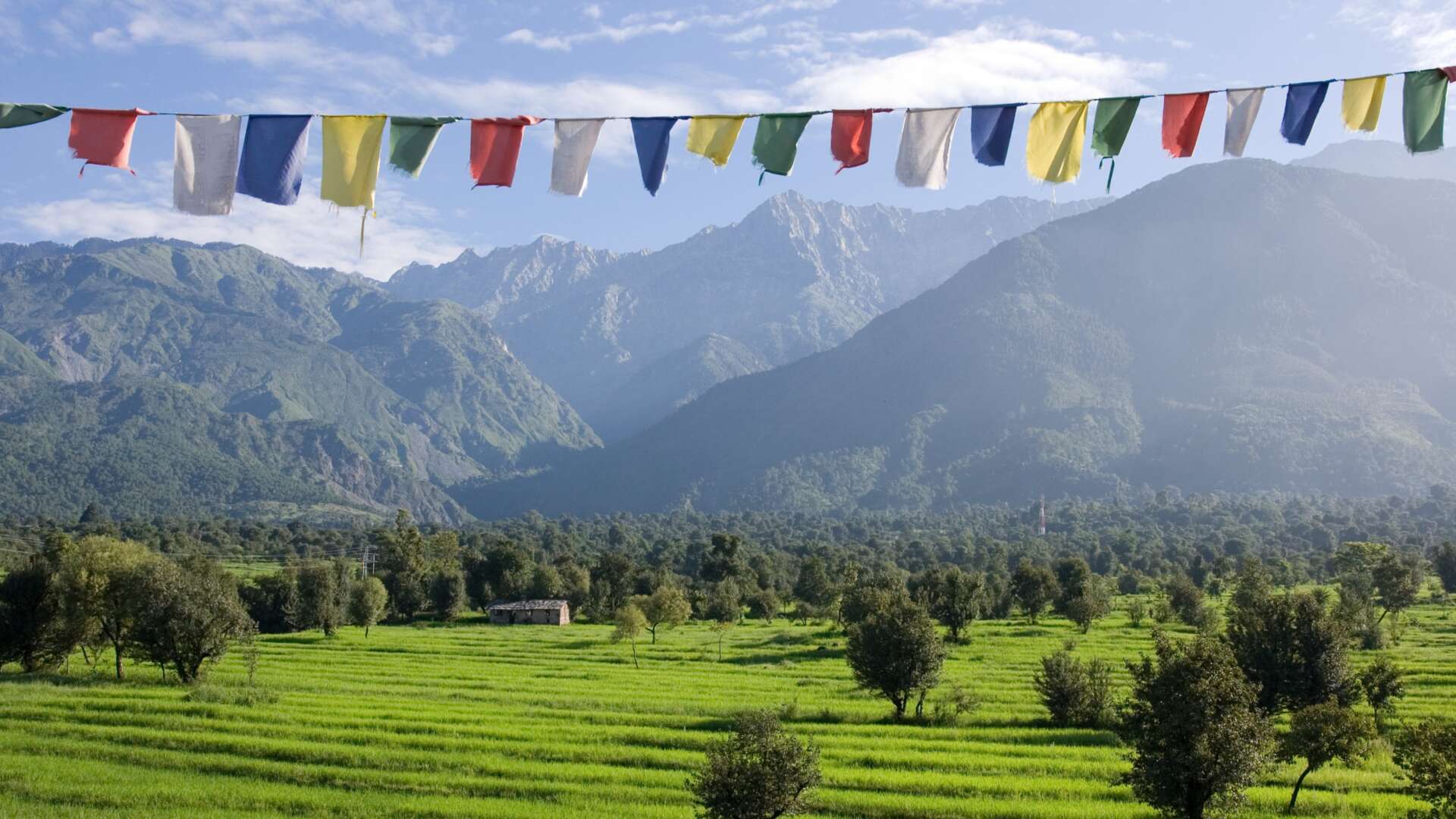
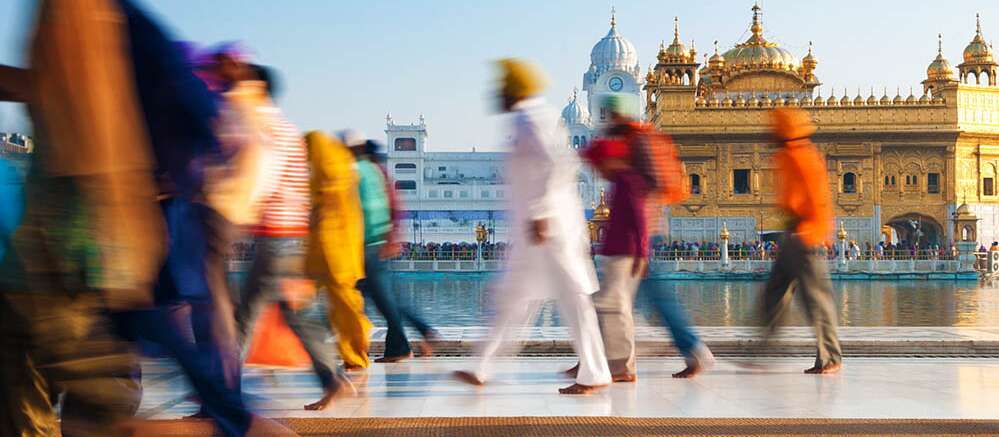
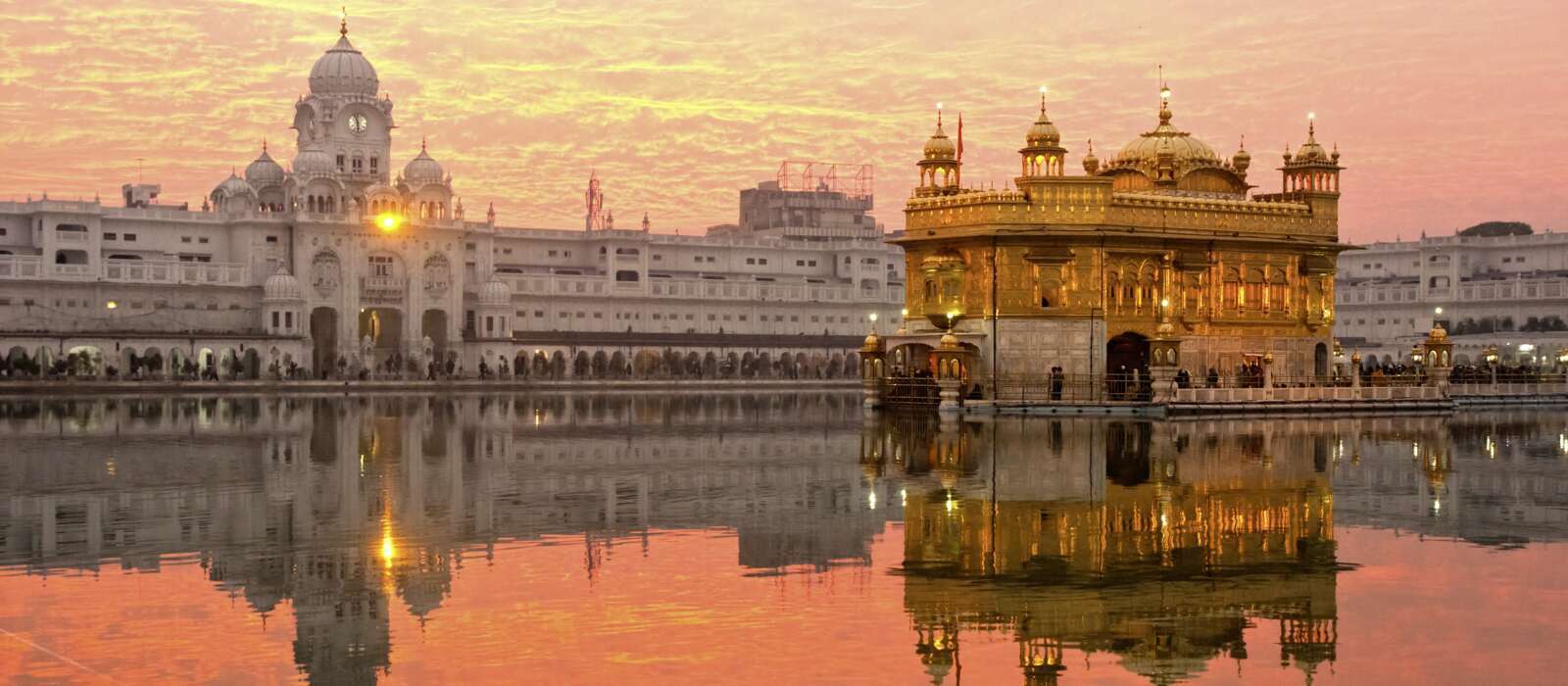

_w=24_h=25.png?v=afcf7f048304db5a883b6c863bf93cd5a6af4630)
_w=24_h=25.png?v=afcf7f048304db5a883b6c863bf93cd5a6af4630)
_w=24_h=25.png?v=afcf7f048304db5a883b6c863bf93cd5a6af4630)